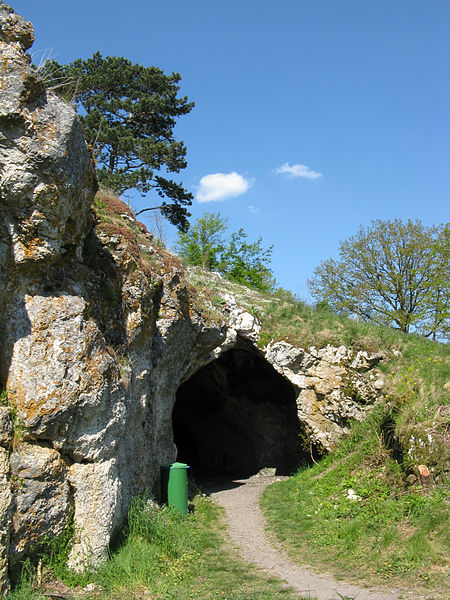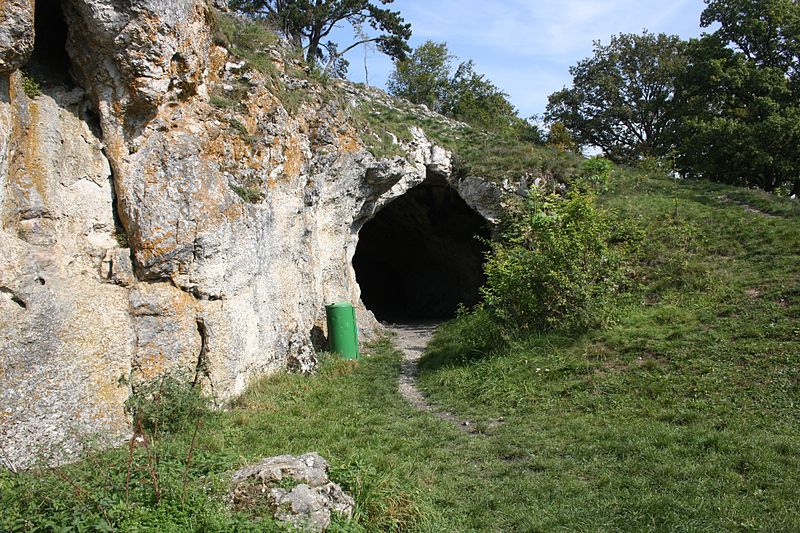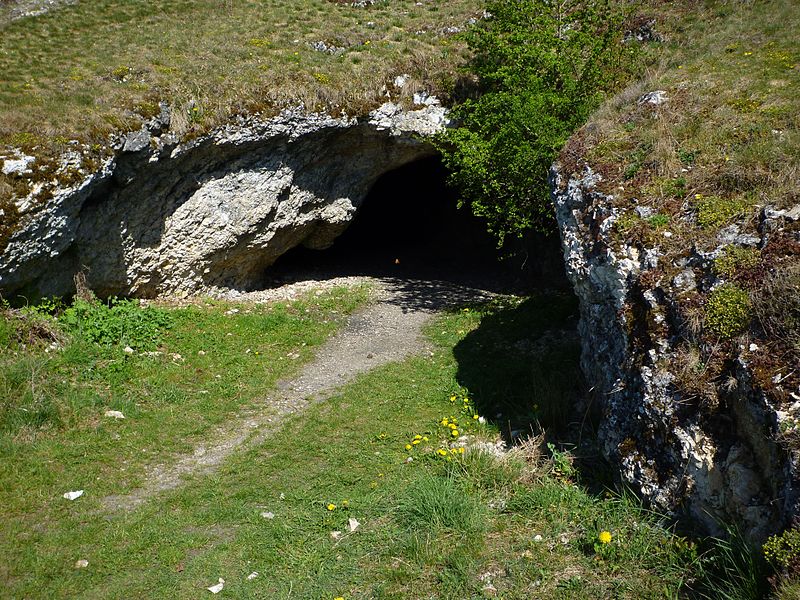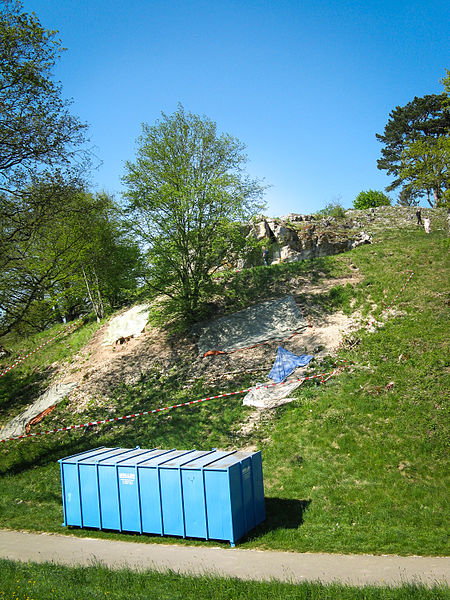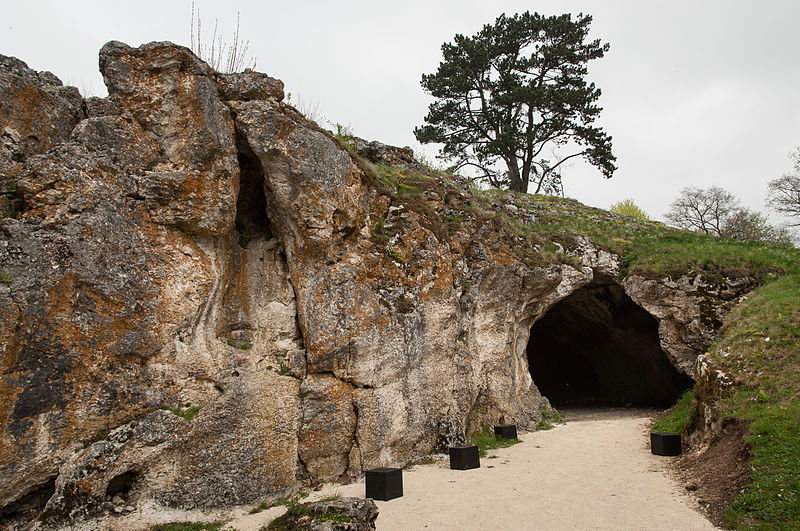Vogelherd Cave, Niederstotzingen
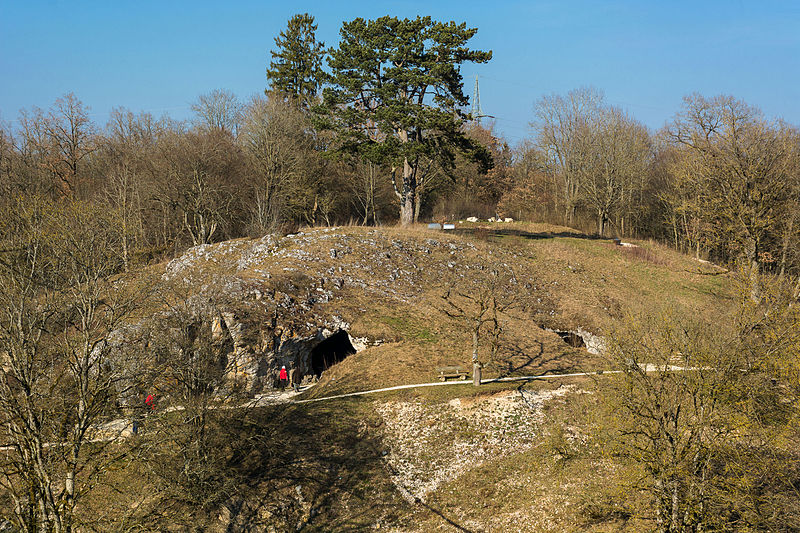
Facts and practical information
The Vogelherd Cave, nestled in the city of Niederstotzingen in Germany, is a prehistoric archaeological treasure trove that has been instrumental in understanding the lives of early humans. Discovered in 1931, this cave has yielded some of the oldest and most remarkable examples of figurative art, dating back approximately 40,000 years.
Situated in the Lone Valley, the cave forms part of the Swabian Jura, a region renowned for its Ice Age art. The artifacts found here, including small carved ivory figures depicting animals such as mammoths, lions, horses, and bison, provide invaluable insights into the artistic expression and beliefs of the Aurignacian culture.
The Vogelherd Cave is a key component of the "Caves with the oldest Ice Age art" UNESCO World Heritage Site, which was designated in 2017. Visitors to the cave can marvel at the replicas of the ivory sculptures displayed in the Archeopark Vogelherd, an archaeological park dedicated to bringing this ancient world to life. The original artifacts are housed in the nearby Ulm Museum for preservation.
Visiting the cave not only offers a chance to step back in time but also to enjoy the natural beauty of the surrounding landscape. The Archeopark provides educational tours that explain the significance of the finds and the context of prehistoric human life. It's an ideal destination for history enthusiasts, families, and anyone interested in the origins of art and culture.
Vogelherd Cave – popular in the area (distance from the attraction)
Nearby attractions include: Hohlenstein-Stadel, Caves and Ice Age Art in the Swabian Jura, Archäopark, Lion-man.


